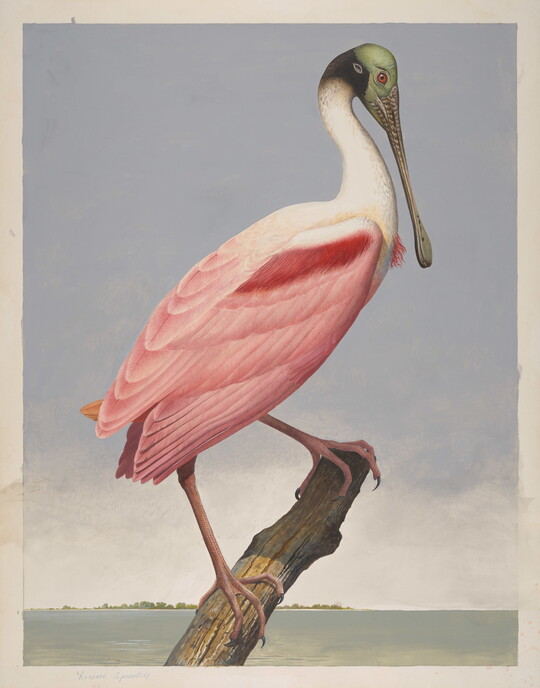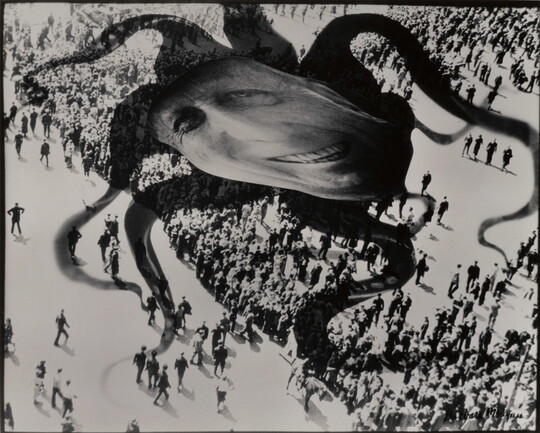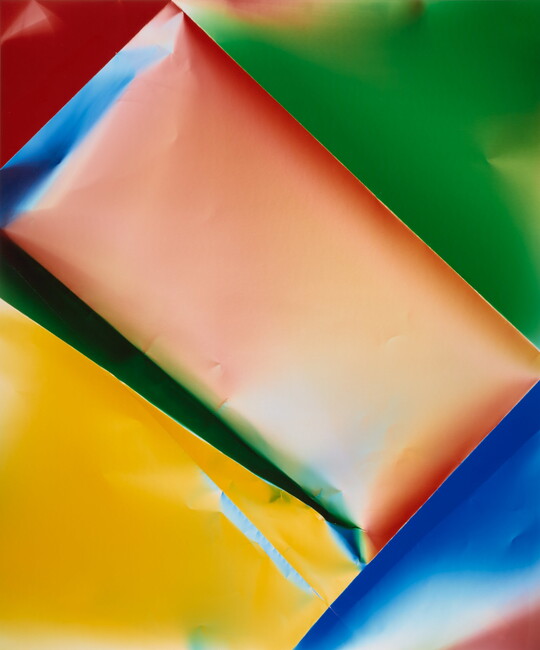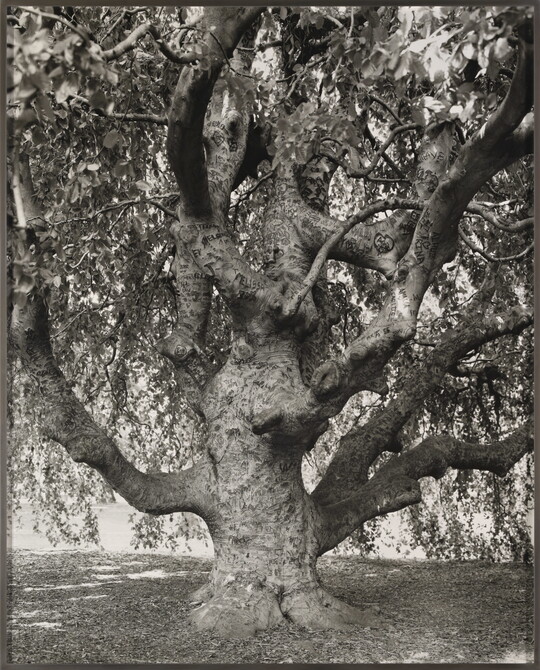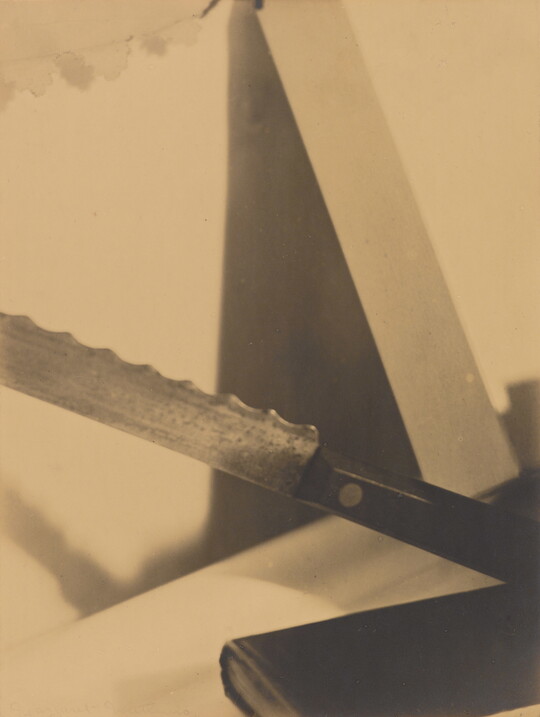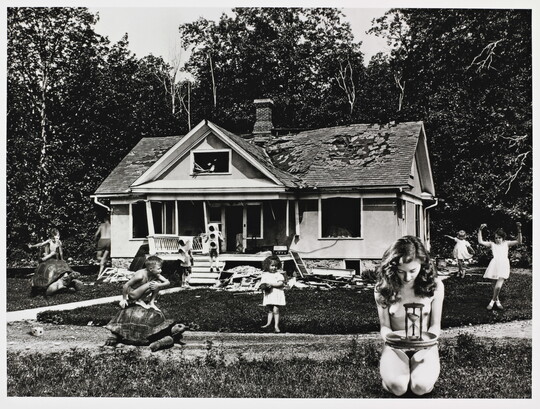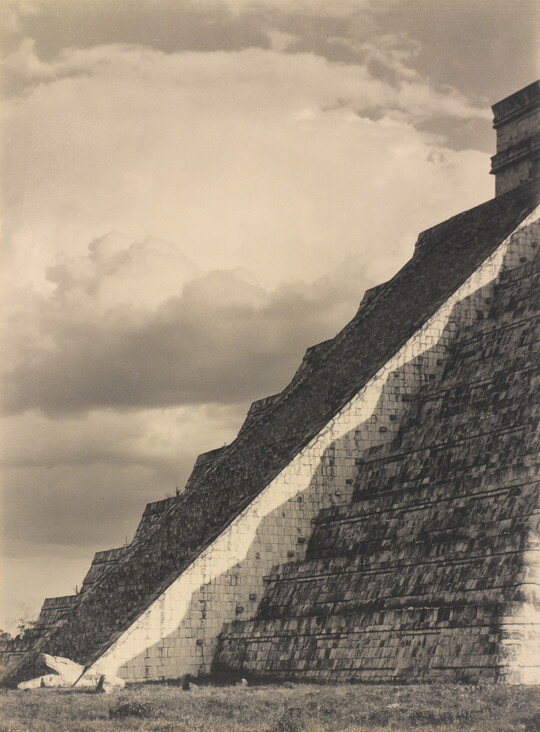


Artwork Images
Photo:
Controls
Dancers, NYC
Object Details
-
Date
1956, printed 1982
-
Object Type
Photographs
-
Medium
Gelatin silver print
-
Dimensions
Image: 13 1/16 x 8 7/8 in.
Sheet: 13 15/16 x 10 15/16 in. -
Inscriptions
Sheet Recto:
l.r. in ink: © DeCarava 1982
Verso:
u.r. in ink: 675 #18 Dancers
l.r. in graphite: © #344
-
Credit Line
Amon Carter Museum of American Art, Fort Worth, Texas
-
Accession Number
P1991.13.3
-
Copyright
© Sherry Turner DeCarava
Object Description
When photographing his Harlem community, DeCarava sought what he called “a creative expression, the kind of penetrating insight and understanding of Negroes which I believe only a Negro photographer can interpret.” He created evocative images exploring the many facets of darkness that encourage close looking and portray Black experiences both literally and metaphorically.
DeCarava expressed ambivalence about what Dancers, one of his most famous images, expressed about the Black experience. On one hand, he acknowledged that the distorted bodies of the men dancing at a social club on 110th Street could be read as symbolic of the demeaning contortions Black people undergo to survive in the U.S. But on the other, he found powerful expression in their solitude and inventiveness, something “that is very creative, that is very real and very black in the finest sense of the word.”
—Text taken from the Carter Handbook (2023)
Additional details
Location: Off view
See more by Roy DeCarava
Tags
-
What roles can photography play in documenting lives and events?
How does an artist's membership or lack of membership in a community impact their ability to document it?
What artistic choices does a photographer make when creating an image?
After the invention of new technologies, why might an artist return to older methods or processes?
How do artists create a sense of movement, motion, or action in their artworks?
How might artists portray mood or emotion in their work?
-
What do you see in the foreground? What do you see in the background? What is providing the light in this space?
What do you notice about the floor? What do you notice about the walls? What do you think is the setting of this photograph?
What might the two figures in the center of the photograph be doing? How can you tell? What are the people off to the sides doing?
How is the artist using light and shadow to highlight the subject of this photograph?
The two figures appear as silhouettes. What is the impact of keeping the figures as silhouettes rather than showing us their faces and other details?
The title is Dancers, NYC, and the artist is Roy DeCarava, an African-American photographer who used his camera to document everyday life in Harlem, the community in New York City in which he was born and raised. Why do you think he chose his own community as the subject of his photographs?
If you were to create an artwork that depicted your community, would you choose photography or some other art form? Why? What would we see in your artwork?
-
Grades 4–8
After selecting a form of poetry, students will write a poem inspired by this photograph. Some suggested forms of poetry are cinquain, haiku, free verse, and list poems.
Grades 6–12
Activity 1
Have students take photographs in minimally lit spaces and experiment with using light and shadow to create a photograph. Students should consider how changes in light and shadow affect the mood, flatness or depth, or legibility/illegibility of the image.Activity 2
Students will research Roy DeCarava. How did the Harlem Renaissance impact him? What do his photographs show us about daily life in Harlem during the 1950s? What has been the legacy of his photography?All Levels
Students will create an artwork or series of artworks that depict daily life in their communities. Along with their artworks, ask the students to provide written reflections about their choice of medium, subjects, and styles.
Share Educator Resources
Amon Carter Disclaimer
This information is published from the Carter's collection database. Updates and additions based on research and imaging activities are ongoing. The images, titles, and inscriptions are products of their time and are presented here as documentation, not as a reflection of the Carter’s values. If you have corrections or additional information about this object please email us to help us improve our records.
Every effort has been made to accurately determine the rights status of works and their images. Please email us if you have further information on the rights status of a work contrary or in addition to the information in our records.
Related Works
-
Roseate Spoonbill, ca. 1980-85
Scott Gentling, Stuart Gentling
Graphite, opaque and transparent watercolor on paper
2018.26
-
A Moslem Woman, Sarajevo, Bosnia, ca. 1925
Clara Sipprell
Gelatin silver print on tissue
P1984.1.68
-
Hearst over the People, 1939
Barbara Morgan
Gelatin silver print
P1974.21.4
-
Zerogram, 2017
Ellen Carey
Dye coupler print
P2018.40
-
Weeping Beech, Brooklyn Botanic Garden, Brooklyn, 2011
Mitch Epstein
Gelatin silver print
P2012.13
-
Design--Angles, 1919
Margaret Watkins
Gelatin silver print
P1983.41.3
-
The Time Game, 2011
Jane Hammond
Gelatin silver print
P2011.29
-
Steps of the Castillo, Chichen Itza, 1932
Laura Gilpin
Gelatin silver print
P1964.130
-
Steamfitter, 1921
Lewis Wickes Hine
Gelatin silver print
P1981.80.3


